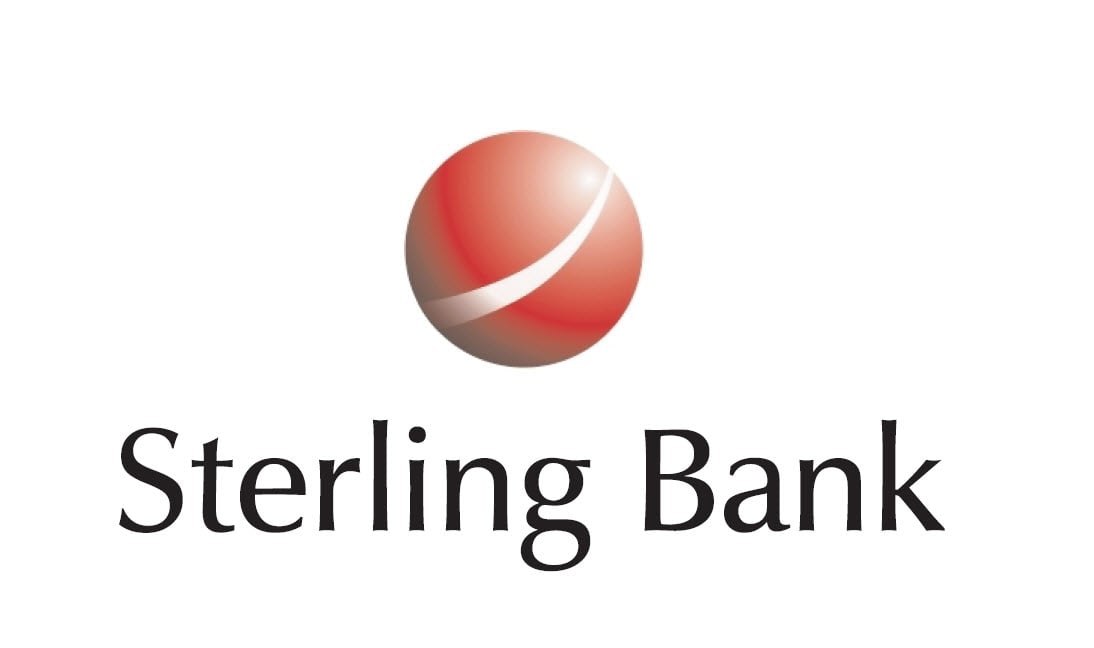Sterling Bank’s first quarter operations shows a new cost-income relationship that has stretched out profit margin, raising the prospects for an outstanding profit growth in 2015. Profit grew about two and half times as fast as revenue in the first quarter as a result of moderating cost behaviour. Yemi Adeola, the bank’s group managing director/chief executive officer, saved substantial costs in two major expense lines – loan loss provisioning and operating expenses, giving him a new strength in converting revenue into profit.
He lost that strength last year due to an increase in operating cost margin, which stood well above the industry average number. By the first quarter performance, the cost margin has declined to reflect the general industry level. Sterling Bank is a good candidate to watch on the profit growth track this year to see if Adeola could maintain the strong first quarter pace to the finishing line.
Full year outlook indicates that Sterling Bank could achieve one of the strongest profit advances in the banking sector in 2015. First quarter operations closed with a net profit of N3.91 billion, which is a rise of about 25% year-on-year. If the first quarter growth rate is maintained, net profit is projected to be in the region of N15.7 billion for Sterling Bank at full year. This will mean a big leap of 74.4% from the net profit figure of N9.0 billion the bank posted at the end of 2014.
Revenue growth isn’t expected to be strong for the bank this year due to a slacken performance of interest income. The strength for profit growth is therefore coming from a reduction in the cost-income ratio and the consequent gain in profit margin. Gross earnings were up 10.2% year-on-year to N27.23 billion at the end of the first quarter. Based on the first quarter growth rate, Sterling Bank is expected to gross N112.4 billion at full year.
Advertisement
The full year revenue expectation will be an increase of 8.4% over the full year revenue figure in 2014 and a slowdown from the 13% growth recorded last year. Interest income did not contribute to the revenue growth while fee-based earnings provided the spur for the growth recorded during the period.
A major change in the income statement of the bank this year is the significant cost saving achieved in two major expenditure lines of the bank – loan loss expenses and operating cost. Loan loss provisioning declined by 10.4% to N934 million year-on-year at the end of the first quarter in continuation of a decline recorded last year.
Operating expenses claimed a reduced proportion of gross earnings in the first quarter at 44.6% compared to 47.5% in the same period last year. This is also significantly lower than the cost margin of 48.8% at the end of last year.
Advertisement
The net effect of the benign cost behaviour is improved ability of the bank to convert revenue into profit. Net profit margin has risen from 12.7% in the first quarter of last year to 14.4% at the end of March. This is also a big leap from the net profit margin of 8.7% at the end of last year. A high growth of 26.5% in operating cost last year accounted for the bank’s low profit margin in the year- indeed one of the lowest in the banking sector in 2014.
One major expenditure line remains obstructive in the effort to grow profit and this is interest cost. It rose twice as fast as gross earnings and therefore claimed an increased share of revenue during the review period. At N10.09 billion, interest expenses claimed 52.4% of interest income in the first quarter, rising from 45% in the same period in 2014. This caused a drop of 10.8% in net interest income to N9.15 billion at the end of the first quarter.
Net of interest and loan loss expenses, income from lending and investing operations of the bank declined by 10.9%, showing that these principal activities did not contribute to the profit growth achieved in the first quarter. Profit growth was driven by fee-based income, which rose by 31.9% to almost N8.0 billion in the first quarter.
The bank’s net credit portfolio increased by 5.7% to N392.41 billion from the closing figure last year. Total assets amounted to N841.90 billion at the end of March, which is financed mainly by total deposits of N622.19 billion and equity capital of N88.39 billion.
Advertisement
Earnings per share amounted to 14 kobo at the end of the first quarter, down from 20 kobo in the same period last year. The decline is due to an additional issue of 7,198 million shares in the course of last year. Earnings per share is projected at 54 kobo for Sterling Bank in 2015 against 42 kobo at the end of last year. The bank paid a dividend of 6 kobo per share for its 2014 operations, a drop from 25 kobo for the preceding year.







